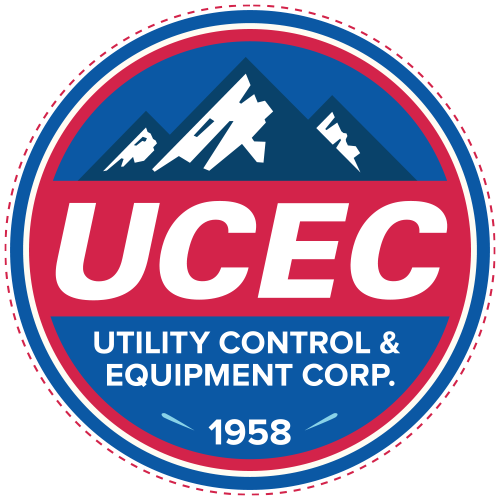Innovations in Remote Monitoring: Shaping the Future of Industrial Control Panels - Part 2
Welcome back to the second part of our series on remote monitoring of industrial control panels. In the first installment, we delved into foundational technologies like IoT sensors, wireless connectivity, cloud-based platforms, machine learning, and security measures. Now, let's explore additional innovations that promise to further enhance industrial efficiency and redefine the landscape of control panel monitoring.
6. Remote Control and Automation:
Empowering operators with remote control capabilities adds a dynamic layer to industrial processes. This allows operators to make adjustments and troubleshoot issues from a distance, reducing the need for on-site interventions. By integrating automation features that respond to specific conditions without manual intervention, industries can achieve a higher level of operational efficiency and responsiveness.
7. Augmented Reality (AR) for Troubleshooting:
Integrating AR technology into remote monitoring systems opens up new possibilities for troubleshooting. Off-site experts can guide on-site personnel through maintenance or repair procedures using visual overlays. This not only accelerates issue resolution but also contributes to knowledge transfer and skill development among the workforce.
8. Mobile Applications:
In an era dominated by smartphones and mobile devices, developing dedicated mobile applications for industrial control panel monitoring is a logical progression. These apps provide real-time alerts, status updates, and control options at the fingertips of operators. Ensuring compatibility across different mobile platforms enhances accessibility and facilitates quick decision-making regardless of the user's location.
9. Integration with SCADA Systems
The synergy between remote monitoring systems and Supervisory Control and Data Acquisition (SCADA) systems is pivotal for achieving comprehensive control and visualization of industrial processes. This integration enables a centralized view of operations, facilitating more informed decision-making, efficient resource allocation, and streamlined management of complex industrial systems.
10. Energy Efficiency Monitoring
Monitoring and optimizing energy consumption is not only environmentally responsible but also economically advantageous. Including energy monitoring features in remote monitoring systems allows industries to track power consumption patterns, identify inefficiencies, and implement strategies for optimization. This proactive approach contributes to cost savings and aligns with sustainable business practices.
11. User Training and Support
Recognizing the importance of user proficiency in remote monitoring systems, providing comprehensive training and support resources is essential. Equipping end-users with the knowledge and skills to effectively operate and troubleshoot remotely ensures the system's optimal utilization and minimizes the risk of errors or delays in issue resolution.
12. Data Logging and Reporting
The implementation of comprehensive data logging capabilities continues to be a cornerstone of effective remote monitoring. By logging historical data, industries can conduct in-depth analyses and generate regular reports on system performance, trends, and potential areas for improvement. These insights contribute to informed decision-making, proactive maintenance planning, and ongoing optimization of industrial processes.
As industries continue to adapt to the demands of a rapidly evolving landscape, the integration of these innovative ideas into remote monitoring practices will play a pivotal role in shaping the future of industrial control panels. By embracing the power of technology and data-driven insights, businesses can not only ensure operational efficiency but also stay at the forefront of a digitally transformed industrial ecosystem.

